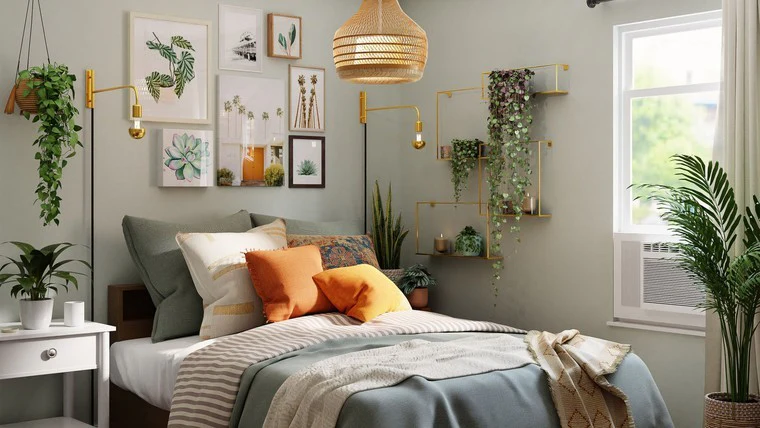Table of Contents
Introduction
In today’s fast-paced world, quality sleep is more important than ever for maintaining our physical and mental well-being. And one of the keys to achieving restful sleep is creating a tranquil environment conducive to relaxation and rejuvenation.
Your bedroom should be more than just a place to lay your head – it should be a sanctuary where you can escape the stresses of the day and unwind peacefully. In this guide, we’ll explore a variety of tips and techniques for transforming your bedroom into the ultimate sleep sanctuary.
1. Declutter for Peace of Mind
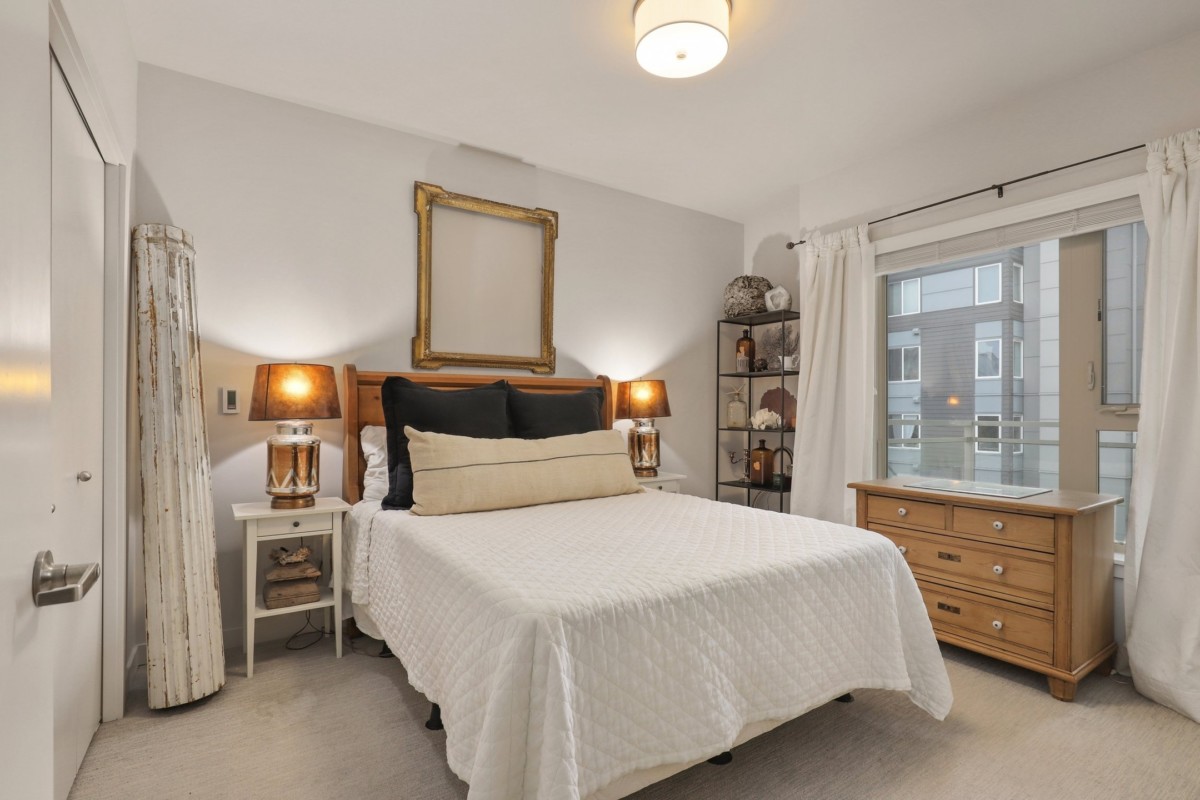
A cluttered space can lead to a cluttered mind, making it difficult to relax and unwind. Start by decluttering your bedroom, removing any unnecessary items and organising belongings in designated storage areas. Clearing out clutter not only creates physical space but also promotes a sense of calm and orderliness.
2. Choose Soothing Colours
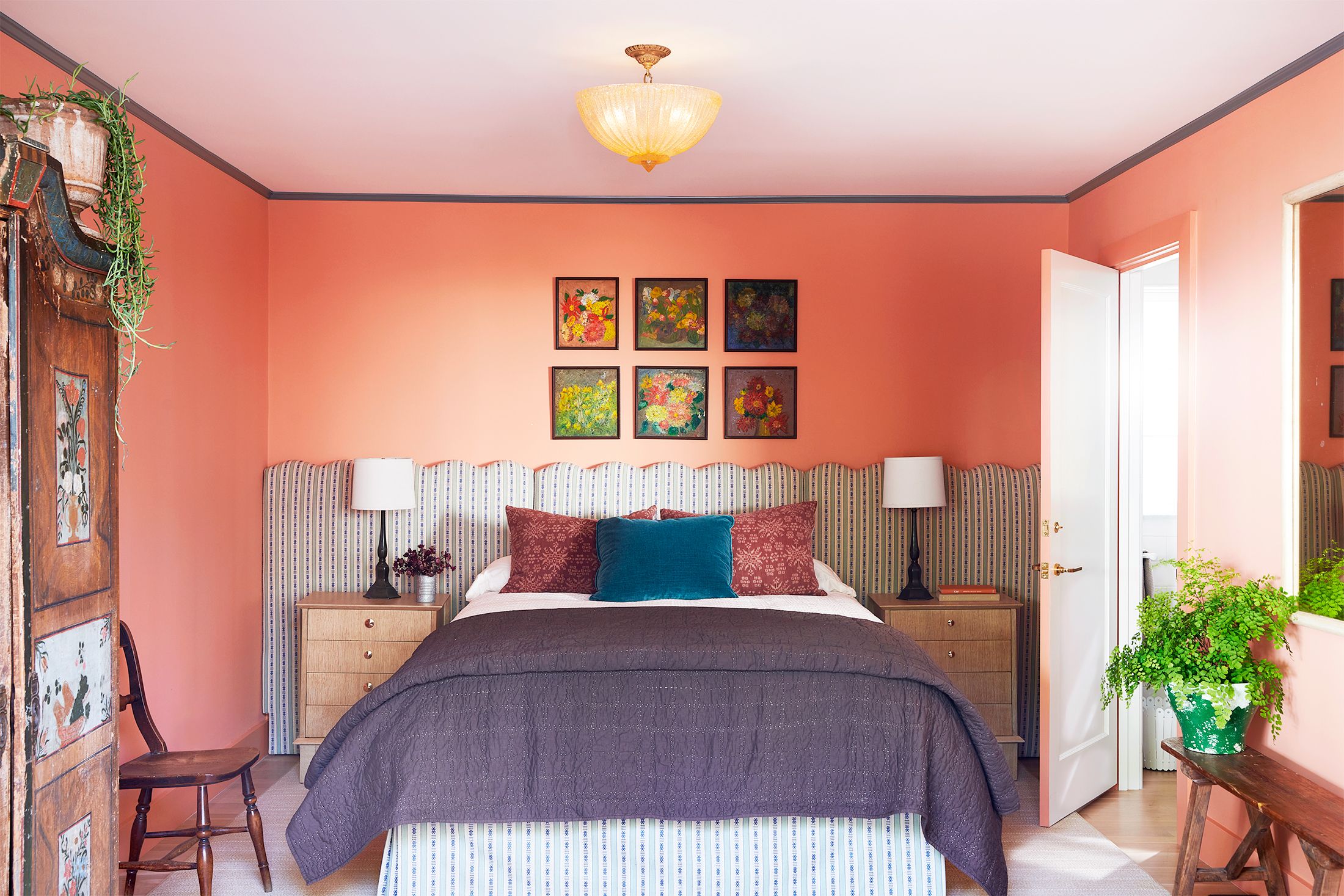
The colours you choose for your bedroom can have a significant impact on your mood and overall sense of tranquility. Opt for soft, neutral tones like gentle blues, greens, and earthy neutrals, which evoke a sense of serenity and calm. Avoid bold, stimulating colors that may be too energising for a sleep environment.
3. Invest in Quality Bedding
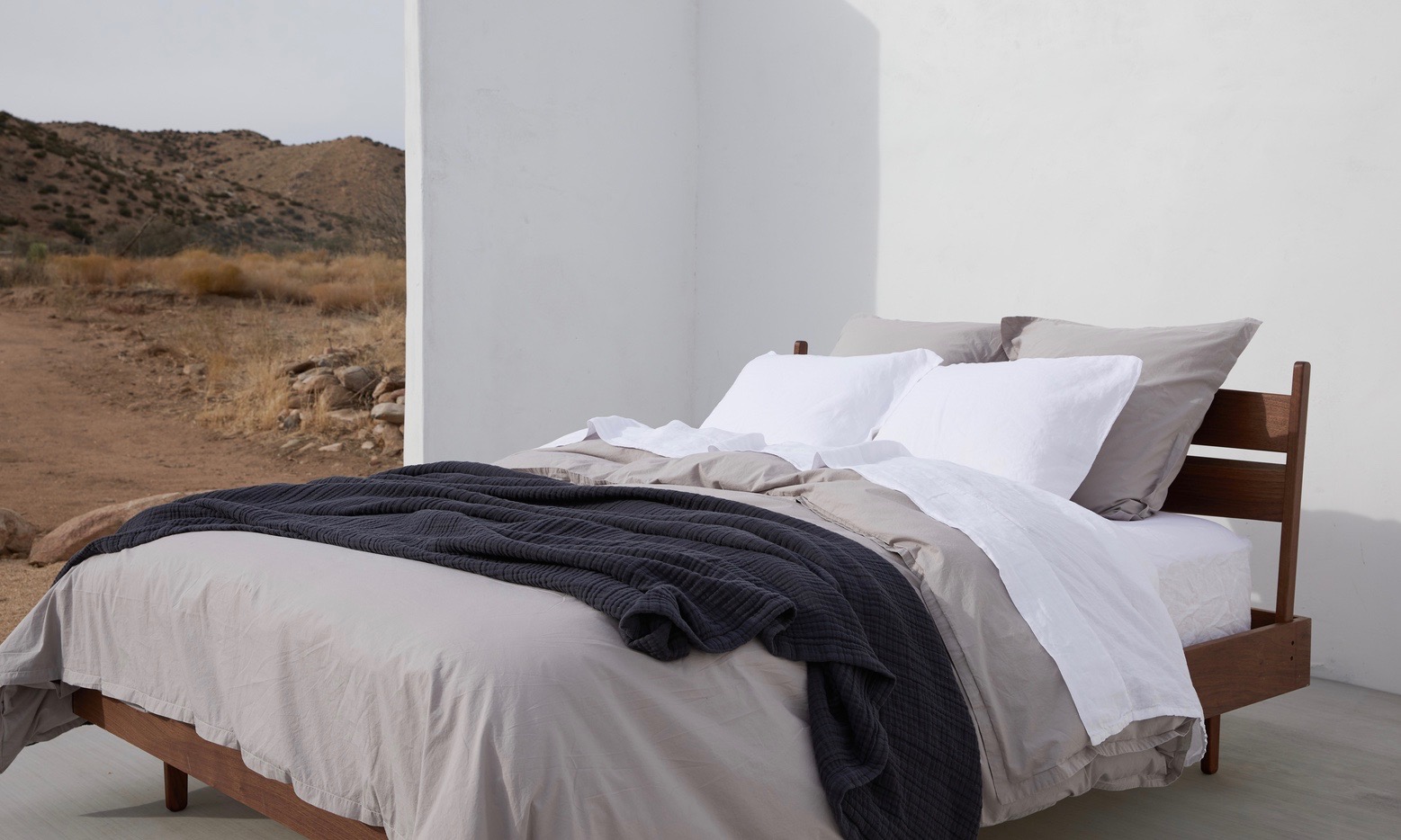
Your bedding plays a crucial role in the quality of your sleep, so invest in high-quality sheets, pillows, and blankets that are soft, comfortable, and conducive to restful slumber. Consider materials like organic cotton, bamboo, or linen for a luxurious feel that promotes breathability and temperature regulation.
4. Create a Cozy Sleep Nook
Designate a cozy corner of your bedroom as your sleep nook, complete with a comfortable mattress, supportive pillows, and plush bedding. Arrange your furniture in a way that promotes relaxation and encourages restful sleep. A bedside table can be the perfect addition to your sleep nook, providing a convenient spot for nighttime essentials like books, water, and a reading lamp.
5. Embrace Natural Elements
Bringing elements of nature into your bedroom can help create a sense of tranquility and connection to the outdoors. Incorporate natural materials like wood, stone, and woven fibres into your decor, whether it’s through furniture, accessories, or decorative accents. Indoor plants can also add a touch of greenery and improve air quality for a healthier sleep environment.
6. Control Light and Noise
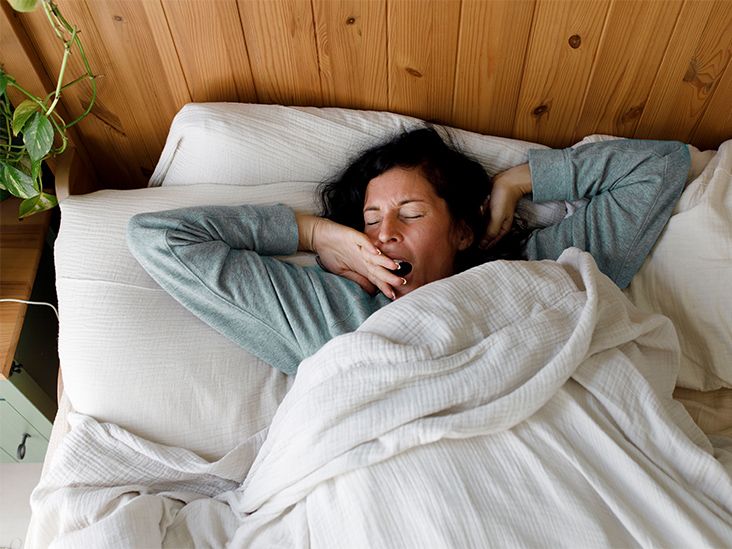
Light and noise can disrupt your sleep patterns, so take steps to minimise both in your bedroom. Invest in blackout curtains or blinds to block out unwanted light, especially if you live in a busy urban area or have streetlights outside your window.
Consider using a white noise machine or earplugs to mask disruptive sounds and create a more peaceful sleeping environment.
7. Establish a Relaxing Bedtime Routine
A calming bedtime routine can signal to your body that it’s time to wind down and prepare for sleep. Establish a nightly ritual that includes activities like reading, meditating, or taking a warm bath to relax your mind and body.
Avoid screens and stimulating activities in the hour leading up to bedtime, as these can interfere with your ability to fall asleep.
Conclusion
Transforming your bedroom into a sleep sanctuary is an investment in your health and well-being. By incorporating these tips and techniques, you can create a tranquil environment that promotes relaxation and restful sleep.
From decluttering and choosing soothing colours to investing in quality bedding and establishing a relaxing bedtime routine, every decision you make contributes to the overall ambiance of your sleep sanctuary. So take the time to design a space that nurtures your body and mind, and enjoy the benefits of a restful night’s sleep in your own personal oasis.

